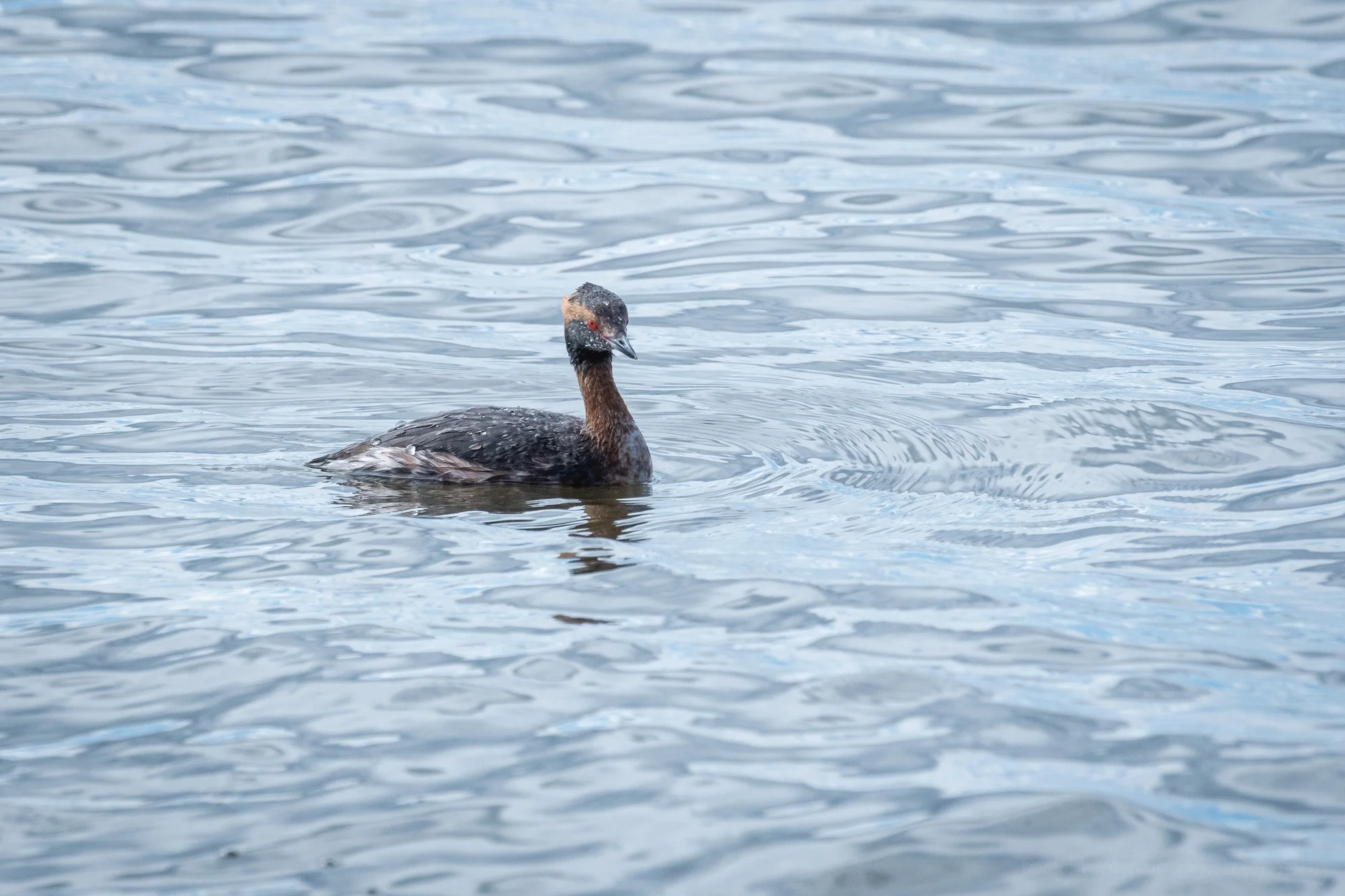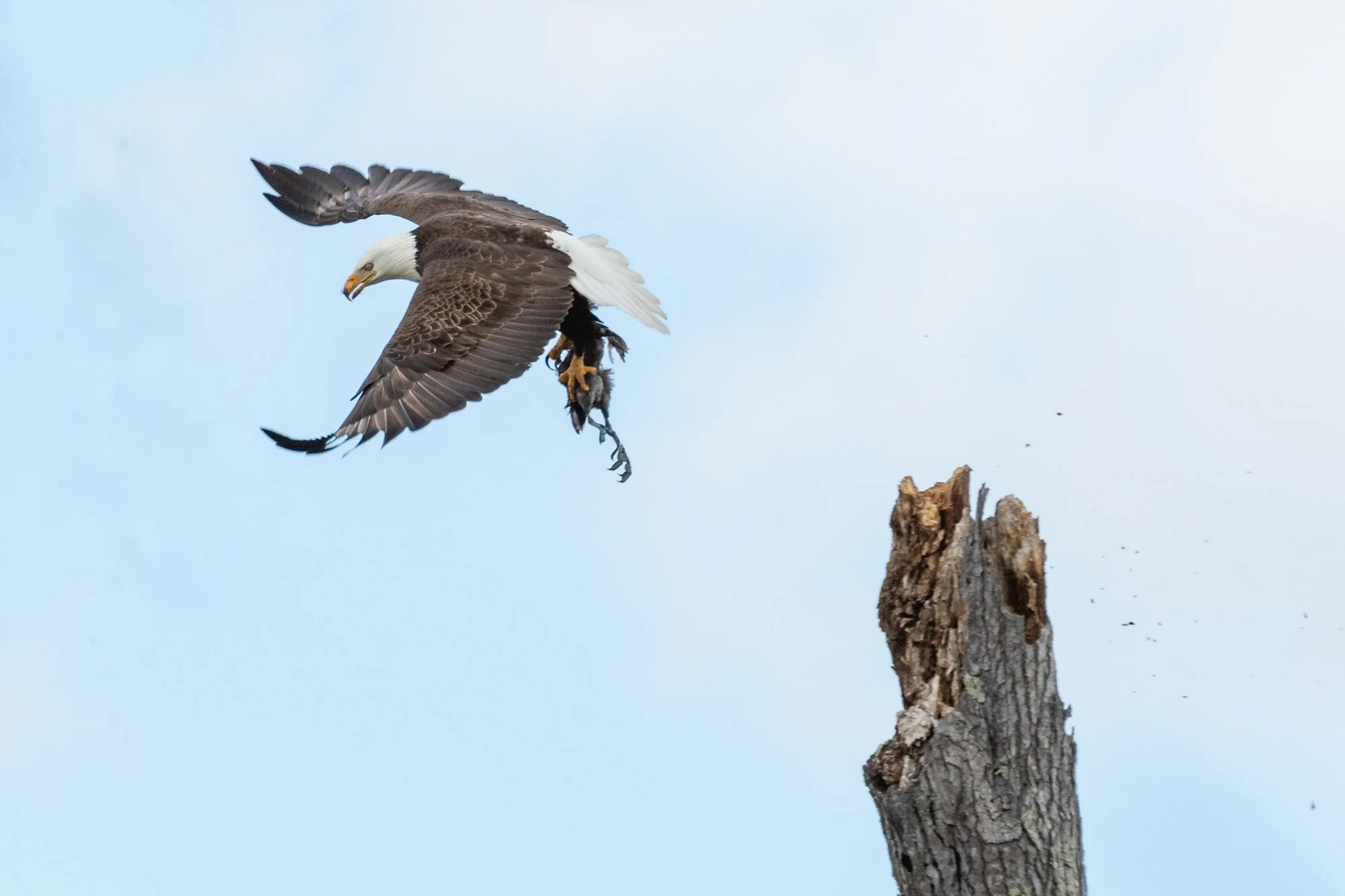A hackberry emperor butterfly landed on my pants
While walking the grounds of Blandy Experimental Farm, the State Arboretum of Virginia, I had the opportunity to befriend a hackberry emperor butterfly. It landed on my pants and didn’t want to leave, busily licking my pants with its proboscis, which looks like a very long tongue. Apparently it’s common for this species to land on and lick people for the sodium in their sweat. I have to assume I’d been sweating right through my pants as this little butterfly just didn’t want to leave.
Though it remained on my pants, every so often the hackberry emperor butterfly would flap its wings
A front view of the hackberry emperor butterfly showing off its proboscis
The underside of hackberry emperor butterfly wings are lighter in color than the top
The hackberry in their name comes from the fact they only lay their eggs on the hackberry tree, which provides food for their larvae. When adults they feed on the hackberry sap, but also from sources away from the tree, like dead and decaying animals and fruit, among other things (human sweat).
A closeup view of the head and proboscis of the hackberry emperor butterfly
Interestingly, the hackberry emperor frequents flowers less often than many other butterfly species. And when it does visit a flower it seems to do so very carefully, only reaching in with its proboscis and avoiding touching pollen with its legs or antenna. This means it’s not a very good pollinator and thought of more as a parasitic insect, leeching off plants without providing any benefit to them.
A parting view of the hackberry emperor butterfly perched on my pants
Thankfully, though, it does provide one benefit I’m aware of, and that’s the joy of seeing it. It’s a beautiful little butterfly, and one I hope to encounter again.
Do you enjoy these posts?
Sign up to receive periodic emails with updates and thoughts. Don’t worry, I won’t spam you. And please consider purchasing artwork or products from my online store, and using my affiliate links in the sidebar to the right when shopping online.
I appreciate your support!

























